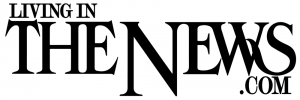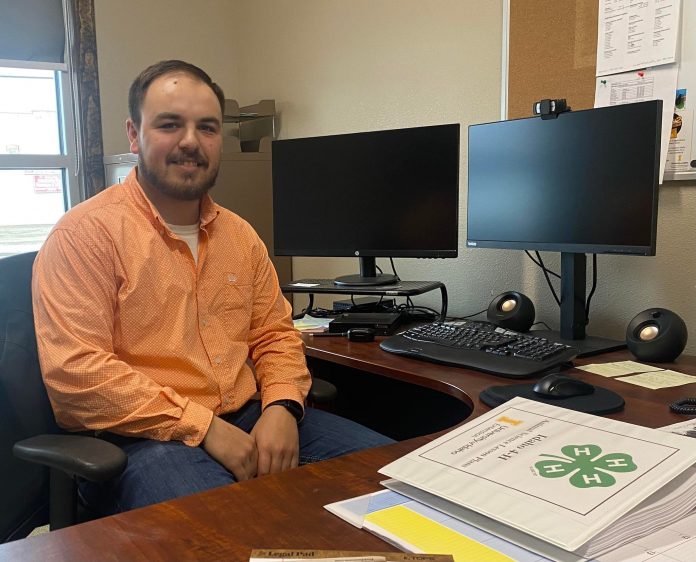By Tyler O’Donnell, Associate Extension Educator, University of Idaho
With calving season right around the corner or already starting for many producers, we all know the potential problems that can arise. Whether that is from calving difficulty, or problems associated with a difficult birth, these factors can affect a calf’s performance their whole life leading to less money in your pocketbook this fall. To mitigate this risk, make sure that you are ready for these situations, and that you and anyone else who is tending to your cows is properly trained, following are some considerations to keep in mind.
Know the stages of parturition (calving)-
Stage 1- General agitation of the animal, they could be pacing, tail switching, and mucous discharge may become evident. Progress will be seen within 24 hours, if not the animal may not be in labor, or something is wrong, and a veterinarian should be consulted.
Stage 2- Delivery stage, begins with breaking of membranes, or “water breaking”, and ends when the calf is born, this stage should take 2 hours, and if no progress is made then assistance may be necessary, and if no progress can be made then the veterinarian should be called.
Stage 3- Fetal membranes including the placenta should be expelled within 24 hours. If the placenta is still inside after 24 hours, you should call your vet. It is important to note that if the placenta is hanging but not totally expelled do not pull, as it can cause damage to the uterus and affect the mother’s ability to carry a calf in the future.
Before calving starts, do an inventory of your supplies and make sure you (and any helpers) know where everything is. OB chains and handles, your lube and breeding sleeves/gloves, tubes and bottles, towels, identification (ear tags, marker, etc.) and most importantly your veterinarian’s number. Proper training on how to use these tools is essential, because improper applications can cause harm to the calf. OB chains should be looped above the fetlock joint and half hitch below the fetlock joint, as demonstrated below.
Chains should be used when it is determined that the calf is in a normal presentation (head and feet together or hind legs and tail), and pulling should only be performed by 2 people, and extreme caution should be used when using a mechanical device such as a calf puller. Pulling a calf should be done only by those trained to do so, if you are unsure, please consult your vet.
More information can be found at the following links- https://drive.google.com/file/d/111On3isoNLfHp97qW2-pDtYgICnOFC4E/view https://extension.okstate.edu/fact-sheets/calving-time-management-for-beef-cows-and-heifers.html#other-ideas-on-pulling-calves or you can contact your local extension office at (208)414-0415, email washington@uidaho.edu, or stop by our office at 116 W. Idaho Street, Weiser, Idaho between 8:30-4:30 Monday thru Friday.
























